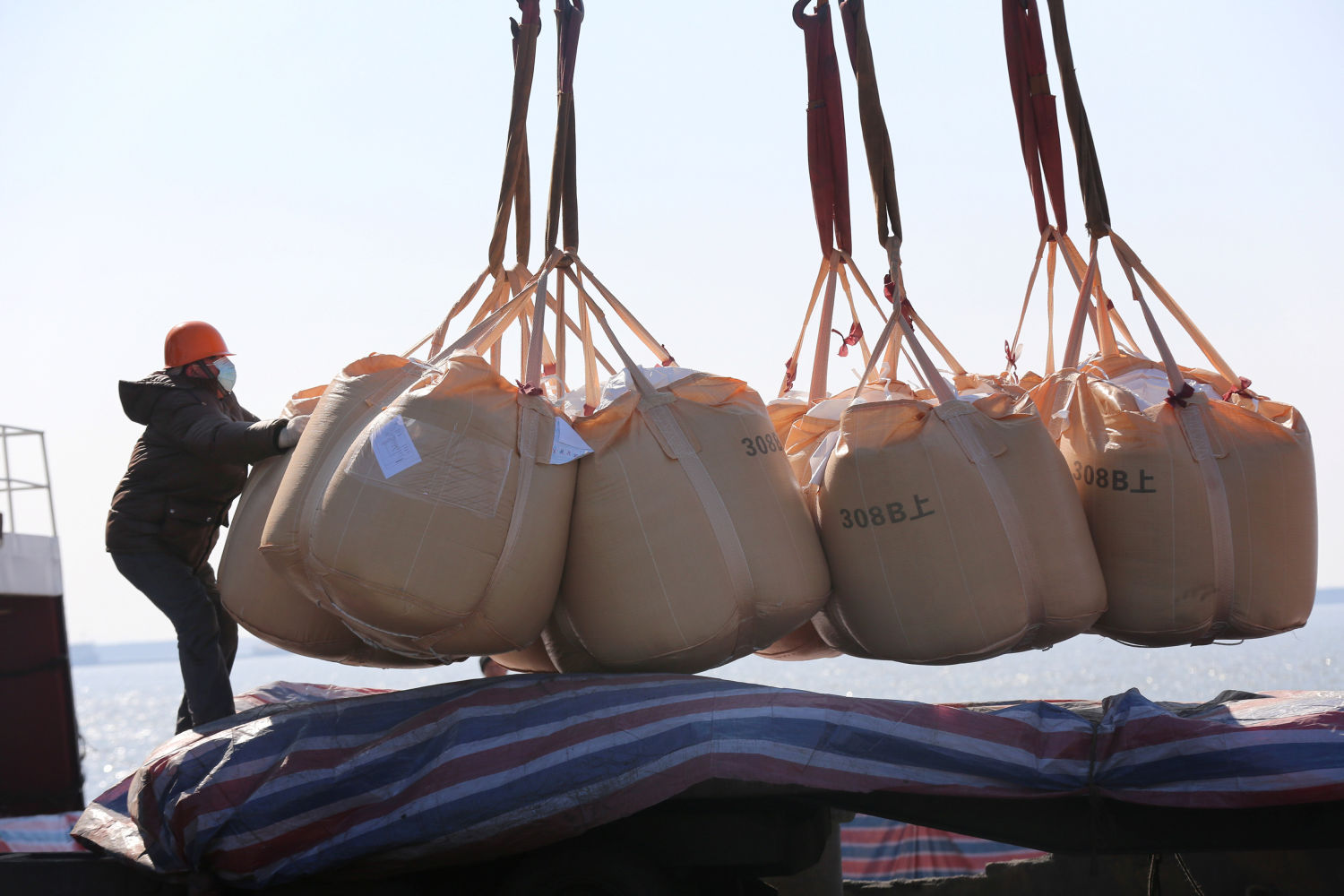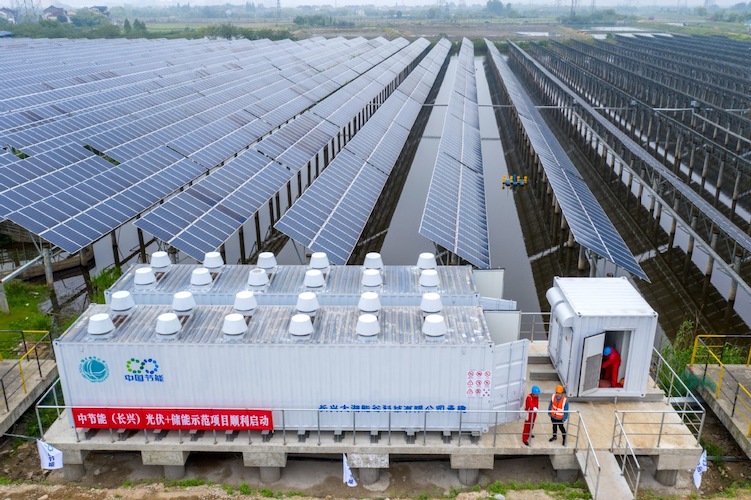(ATF) China’s dual circulation strategy is not a pivot away from exports but marks a shift in focus to consumption away from investments, Preston Caldwell, senior equity analyst at Morningstar, told Asia Times Financial Television.
Last year’s rollout of Beijing’s strategic priorities for the next five years signalled a desire on the part of the world’s second largest economy to strengthen the domestic market by becoming self-sufficient and less dependent on imports of goods.
This triggered debate if China was abandoning exports as a growth engine. “The key shift going forward, that China has to make is not external versus internal, it’s pivoting from investment to consumption,” said Caldwell. “Lower investment is sorely needed as China’s investment boom has led to a fall in the productivity of capital and a mounting debt load.”
China’s latest data showed economic strength was attributable to robust exports. Exports rose 17% on-year in the fourth quarter of 2020, up from 8.8% in the previous quarter, and the trade surplus registered a new record high of US$212 billion, compared with $158 billion.
FADING PANDEMIC DEMAND
Exports were being driven by demand for computers, electronics and medical products in the pandemic but with the advent of vaccines and easing restrictions, this impact would be likely to fade.
“We expect this export windfall to unwind somewhat in the second half of 2021 and 2022 as global consumers normalise their spending patterns in response to mass vaccination, particularly in developed markets,” Caldwell said.
After China’s economy returned to its pre-Covid-19 growth with fourth quarter gross domestic product (GDP) expansion beating expectations at 6.5% on-year, it is likely to extend its run in 2021 even with a rotation of growth drivers.
It is after the current year’s economic boom – mainly due to the base effect – that headwinds will start to emerge as China pivots from investment to consumption. “While 2021 GDP growth will look very strong compared with a weak 2020, we expect GDP growth to slip to 4.3% in 2022, owing to headwinds from investment, and to lesser, to a lesser extent trade,” Caldwell said.
SCALING DEBT MOUNTAIN
He forecast that in the long run there will be a fall in investment, which has been the major driver of China’s GDP growth in the past decade. “We expect growth to eventually drop to the 2-3% range by the latter 2020s,” he said.
China’s investment-led growth has created a debt mountain, posing a risk to its financial and economic stability. China’s total debt hit about 280% of GDP at the end of 2020, surging 20 percentage points from a year earlier.
While it was the only major economy to post positive growth last year, it had also created a ‘two-speed’ recovery, with the demand side of the economy lagging the production side. This highlighted the recurrent risks related to the long-term sustainability of Chinese economic growth and the need to transition from a ‘high-speed’ growth model to a ‘high-quality’ one.
“At the macro level, Chinese policymakers have two main goals for financial markets,” Caldwell said. “First, and most important avoiding a financial crisis. But second, and also key to the country’s long-term growth is introducing more market forces into financial markets, and the latter is a driver of the uptick in credit defaults we’ve seen in recent years.”
CURBING DEBT GROWTH
He said that in order to facilitate both the goals – financial stability and introducing market forces – China needs to curb its debt growth going forward, particularly debt that is being used to finance unproductive investment.
China’s $15-trillion bond market is primed for more defaults this year as heavily indebted borrowers like property developers scramble to meet the prescribed financial ratios or so-called ‘red lines’. These limit developers’ borrowings by prescribing liability-to-asset ratio excluding advanced receipts at 70%, net debt-to-equity ratio at 100% and cash to short-term debt ratio at one time.
“Also, government borrowing looks to be coming down and down in the future. And so that combined with tighter monetary policy will all contribute to slower credit growth in 2021. We expect it to fall from 13% in 2020 to 11% in 2021 and continue to fall thereafter.”
Caldwell noted that China’s debt levels are extraordinary for a country of its income level. “So a pivot away from this debt-fuelled growth strategy is needed to ensure financial stability.”























